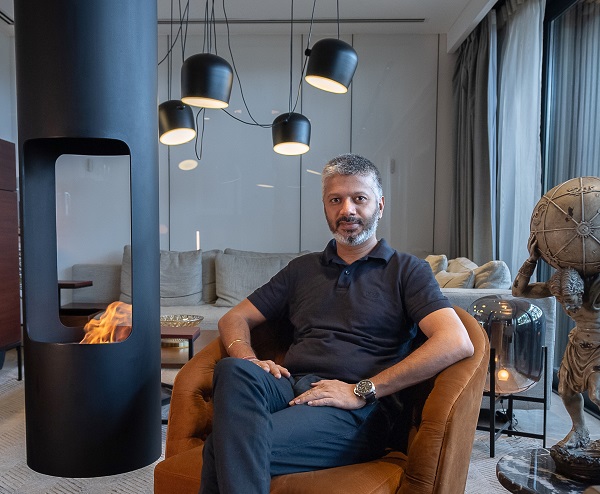The future of eco-conscious living is becoming more relevant and convenient in recent years. Sustainable styles continue to dominate design trends as we incorporate innovative and conscious features into our living spaces. In 2023, there is a greater emphasis on reduce, reuse & recycle, which has given birth to the idea of Japandi minimalism and DIY decor. Japandi is an amalgamation of Japan and Scandinavia; a combination of two movements sharing multiple similarities, including minimalism. There is a growing demand for vintage furniture and reclaimed materials. Eco-friendly design is not only a theme that underlies the conception of a home but has become a necessity that goes beyond and includes efficient construction. Ar. Sumit Dhawan, Founder and Principal Architect of Cityspace’ 82 Architects, lists some of the top sustainable design trends that will bring a better 2023.
Nature-inspired Design
As green design is taking up the trend in 2023, architects and designers gain inspiration from nature to design a built structure. The design focuses on the interactions between nature and inhabitants– one that is inspired by nature’s forms, patterns, colours, textures, and rhythms. This also includes natural factors like climatic concerns, natural light, and ventilation. The increased use of organic elements in recent years helps keep us connected to the natural world. Wood, stone, and linen have become more common materials of trendy aesthetics, from laidback boho to upscale Japandi. Nature-inspired colours are also going huge this year, with deep blues, olive greens, beiges, and browns decking up the walls.

Passive design
Implementing passive design techniques to enhance the energy and cost efficiency of your home has remained the most impactful way to augment the sustainability of a home, and it has gained more awareness in 2023. By taking advantage of the orientation of the home, we could passively use solar energy to create an efficient living space. The passive solar design employs the sun’s direction and natural sunlight to foster a comfortable atmosphere indoors throughout the year. Building facades play an essential role in employing passive design strategies in a home. Emerging trends like perforated metal facades and kinetic facades in residential exteriors aid in creating sustainable homes.
Sustainable lighting
LED lighting is already seen all over Indian homes, a sustainable and energy-efficient choice of lighting. However, more importance has now shifted towards natural light, which effortlessly manifests in design through large glazings and skylights emerging in contemporary homes. Embracing sunlight in homes can make living spaces feel bigger and brighter and might even improve our mood and energy levels. Also, artificial lighting options such as chandeliers and pendants also seek sustainability, resulting in motion-sensor lighting, mood lighting, and many other similar choices.

Greenery
One of the best ways to use sustainable design is to literally “go green, ” incorporating greenery to have an eco-friendly touch. Greenery also adds vibrancy, colour, and texture while providing a soothing connection to the outdoor environment. Adding greenery to an interior is a terrific way to exercise a sustainable practice while also improving the air quality of the home. From a holistic vertical green facade to simple solutions like adding cacti, mosses, or any other dry plants have proven to impact the sustainability and wellness of homes.
Sustainable design in homes will never go out of style. Bring the beauty of nature into your home with nature-inspired materials and colours, live planters, and abundant natural sunlight. With these sustainable design trends of 2023, transform your home into a stunningly stylish and eco-friendly space.


